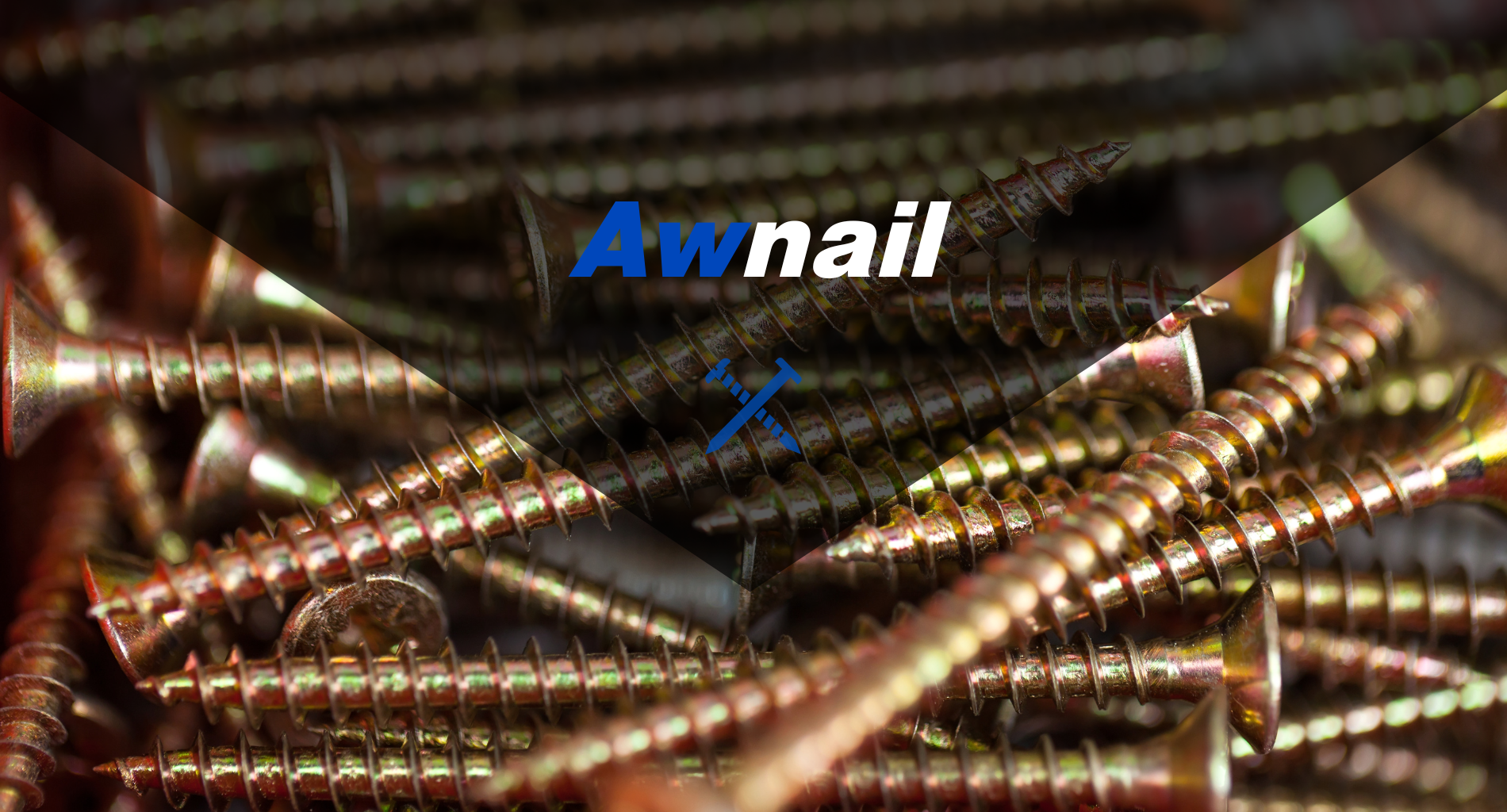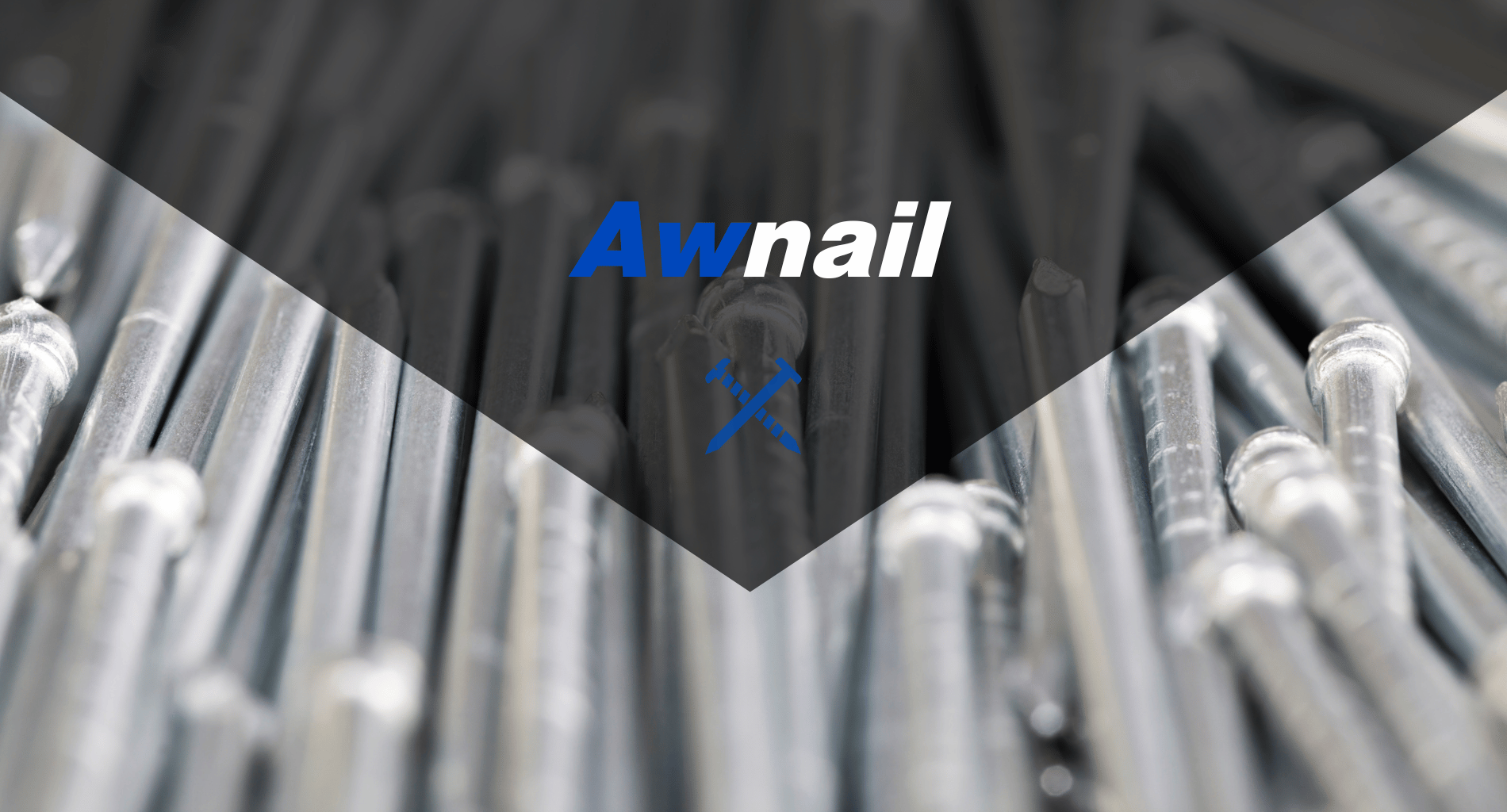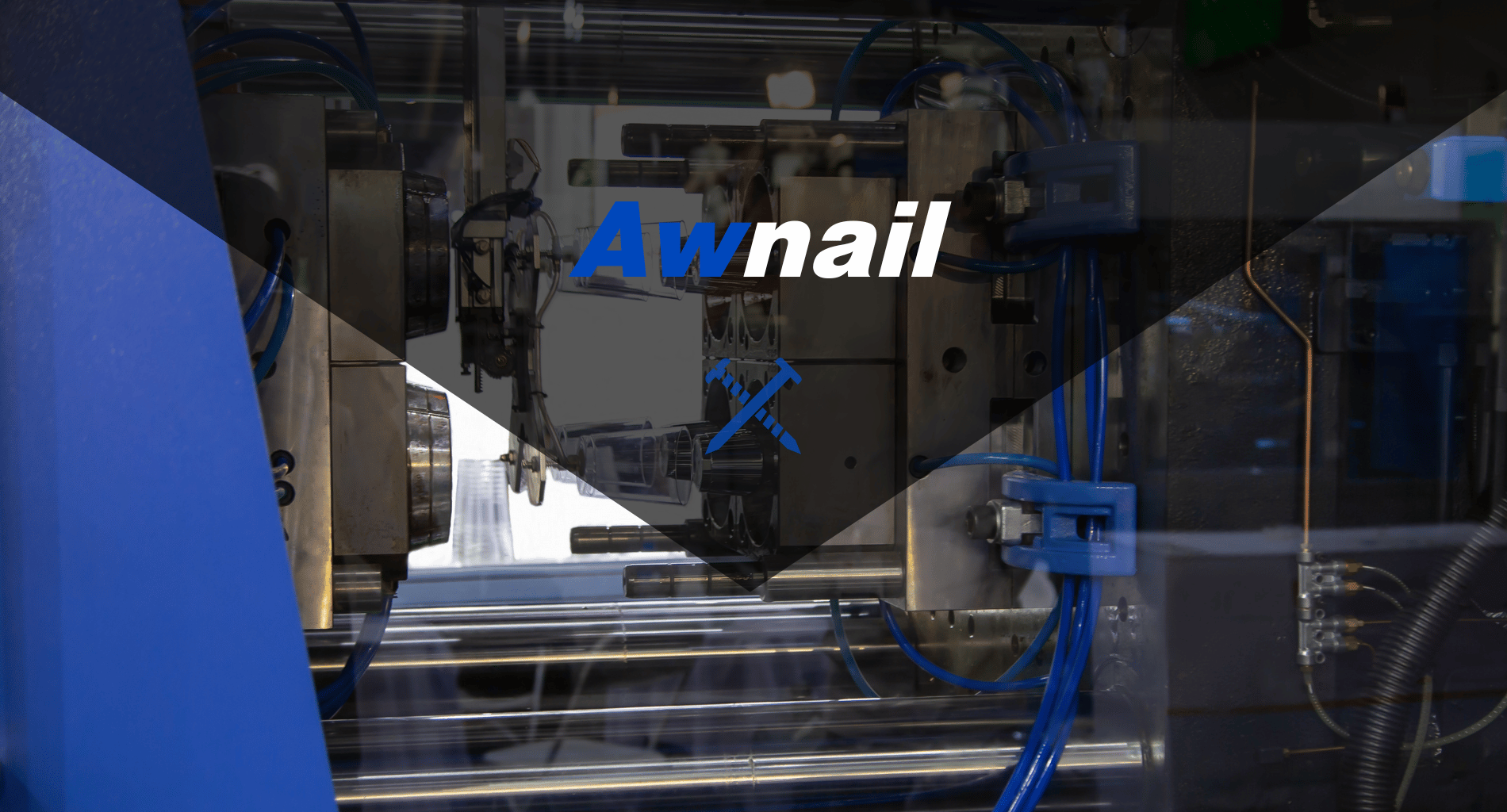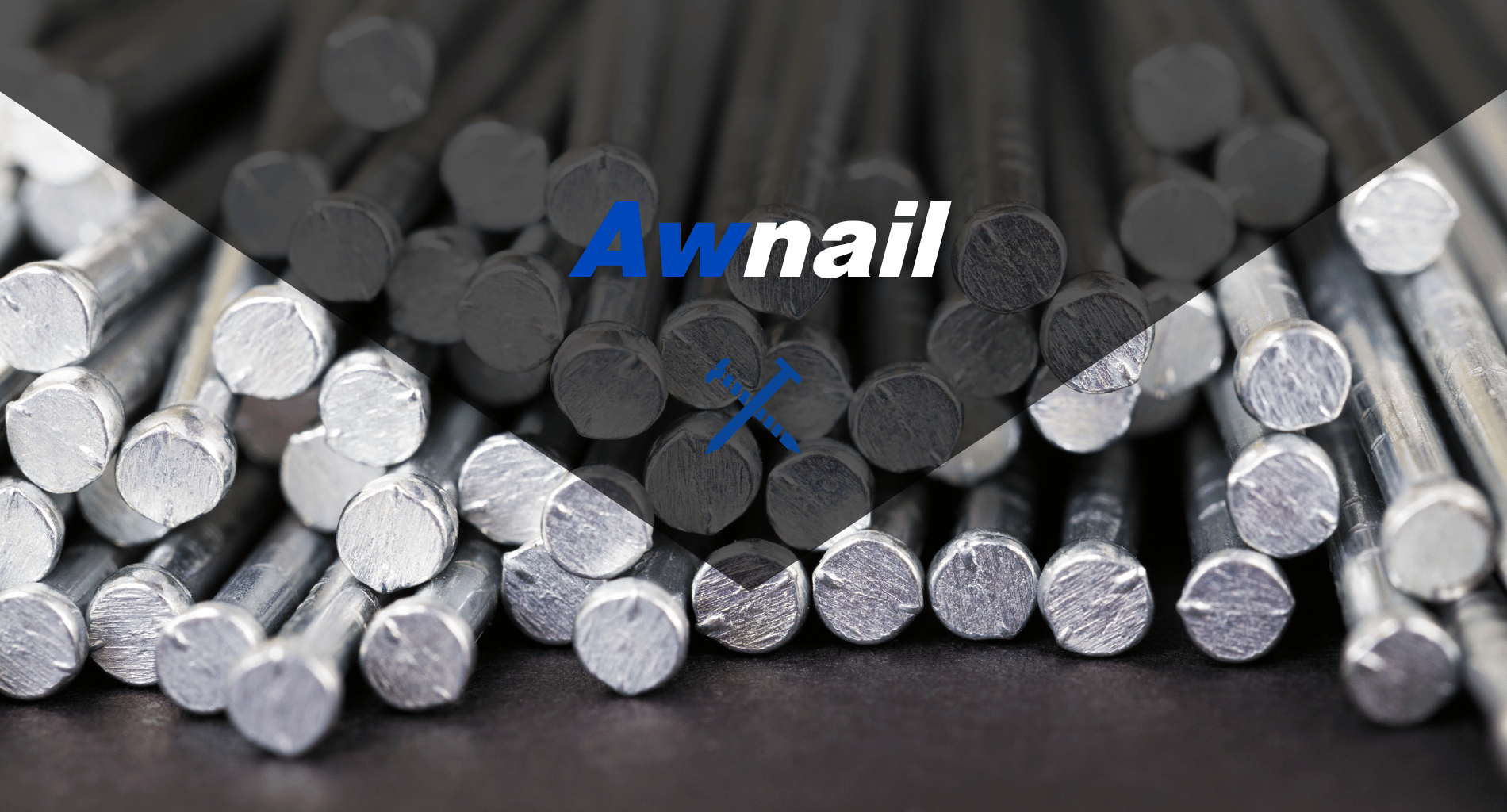What makes the threads on bolts and screws uniformly perfect? The answer is the innovative use of a thread rolling machine, a key player in precision manufacturing.
With extensive expertise in thread rolling technologies, I will offer valuable insights into the world of thread rolling machines.
Thread rolling machines stand as a testament to advanced engineering, efficiency, and unmatched precision. They are critical in various manufacturing sectors, producing essential threads for a multitude of products.
In this guide we will delve into the fundamentals of operating a thread rolling machine, covering everything from setup to maintenance.
Read on and discover the intricacies of thread rolling machines.
Step#1 Preparatory Steps Before Operating the Machine
Before diving into the technicalities of operating a thread rolling machine, it’s crucial to understand the preparatory steps. These initial procedures ensure safety, efficiency, and optimal performance of the machine. Here are the key preparatory steps:
- Safety Checks and Measures: Ensuring safety is paramount before operating any heavy machinery. This involves checking safety guards, emergency stop mechanisms, and ensuring all operators are equipped with appropriate safety gear such as goggles, gloves, and ear protection.
- Understanding Machine Specifications: Each thread rolling machine has unique specifications and operational limits. Familiarizing oneself with these specifications, including load capacity, speed settings, and material compatibility, is essential for effective operation.
- Tooling and Accessory Preparation: Proper tooling is critical for precision in thread rolling. This step involves selecting and preparing the right dies, rollers, and other accessories tailored to the specific type of threaded fasteners.
- Workspace Organization: A well-organized workspace facilitates smoother operations. This includes ensuring that the area around the machine is clear of debris, tools and materials are neatly arranged, and there is sufficient lighting and ventilation.
Step#2 Material Selection and Preparation
Following the essential preparatory steps outlined previously, the next crucial phase in operating a thread rolling machine is the selection and preparation of materials. Here are the key aspects of material selection and preparation:
- Choosing the Right Material: Selecting the appropriate material for thread rolling is fundamental. The material should possess the necessary strength, ductility, and machinability to withstand the thread rolling process.
- Material Quality Assessment: Before proceeding, it’s essential to assess the quality of the chosen material. This involves checking for consistency, absence of defects like cracks or inclusions, and ensuring the material meets the required dimensional tolerances.
- Pre-Treatment Processes: Depending on the material type, certain pre-treatment processes might be necessary to enhance its machinability. These processes can include heat treatment, annealing, or coating, which prepare the material for efficient thread rolling.
- Material Dimension Preparation: The material must be cut and shaped to the correct dimensions before it can be used in the thread rolling machine. At Awnail, this step ensures that the material fits precisely in the machine and is of the appropriate length and diameter for the intended thread.
The table below outlines the key aspects of material dimension preparation, detailing the process at Awnail and highlighting its importance for achieving precise and quality threads.
| Step | Process Description | Importance |
| Material Selection | Choose the appropriate material type that matches the specifications for the intended thread application. | Compatibility: Ensures the material is suitable for the thread type and application, affecting the final product’s performance and durability. |
| Dimensional Cutting | Cut the material to the required length, considering the final product size and additional length needed for handling or processing. | Accuracy: Precise cuts are crucial for maintaining uniformity in product size and for efficient use of material, minimizing waste. |
| Diameter Sizing | Adjust the diameter of the material to the correct size for the thread rolling machine and the intended thread dimensions. | Fit and Tolerance: Ensures the material fits perfectly in the machine and meets tolerance requirements for the threading process, affecting thread integrity. |
| Surface Preparation | Prepare the material’s surface through cleaning or applying treatments that facilitate the thread rolling process. | Quality Enhancement: Improves material properties, such as lubrication or surface hardness, leading to better thread formation and product longevity. |
| Pre-Inspection | Conduct a pre-inspection of the material dimensions and surface condition before the thread rolling process. | Error Reduction: Identifies and rectifies any discrepancies in material preparation, preventing issues during the thread rolling process. |
| Alignment Checks | Ensure the material is properly aligned in the thread rolling machine, ready for the threading process. | Consistency: Guarantees that threads are rolled accurately and consistently, essential for the functional quality of the final product. |
Step#3 Setting Up the Machine for Operation
Once the material selection and preparation are complete, the focus shifts to setting up the thread rolling machine for operation. Here are the essential steps in setting up the thread rolling machine:
- Aligning and Securing the Dies: The first step is to properly align and secure the dies in the machine. These dies are responsible for shaping the thread, so their correct alignment is crucial for the accuracy of the thread profile.
- Adjusting Machine Parameters: Next, it’s important to adjust the machine parameters, including the rolling speed, pressure, and feed rate. These settings vary depending on the material being used and the specific thread requirements.
- Lubrication System Check: A well-functioning lubrication system is essential for the smooth operation of the thread rolling machine. Checking and filling the lubricant reservoirs ensures that the machine parts move seamlessly and the material does not overheat during the rolling process.
- Test Runs: Before starting the actual production, conducting test runs is advisable. This step helps in identifying any issues with the machine setup, allowing for adjustments to be made before commencing full-scale operation.
Step#4 Loading the Material into the Machine
After meticulously setting up the thread rolling machine, the next critical step is loading the material into the machine. Here are the key steps involved in loading the material:
- Positioning the Material: The first task is to correctly position the material within the machine. This involves aligning the material with the dies and ensuring it is straight and centered. Proper positioning is crucial for achieving uniform threads.
- Securing the Material: Once the material is in place, it needs to be securely clamped. This prevents any movement during the threading process, which could lead to inaccuracies or defects in the thread.
- Final Checks Before Starting: Before starting the thread rolling process, it’s important to perform final checks. This includes verifying that the material is properly aligned with the dies, ensuring the clamps are tightly secured, and double-checking the machine settings.
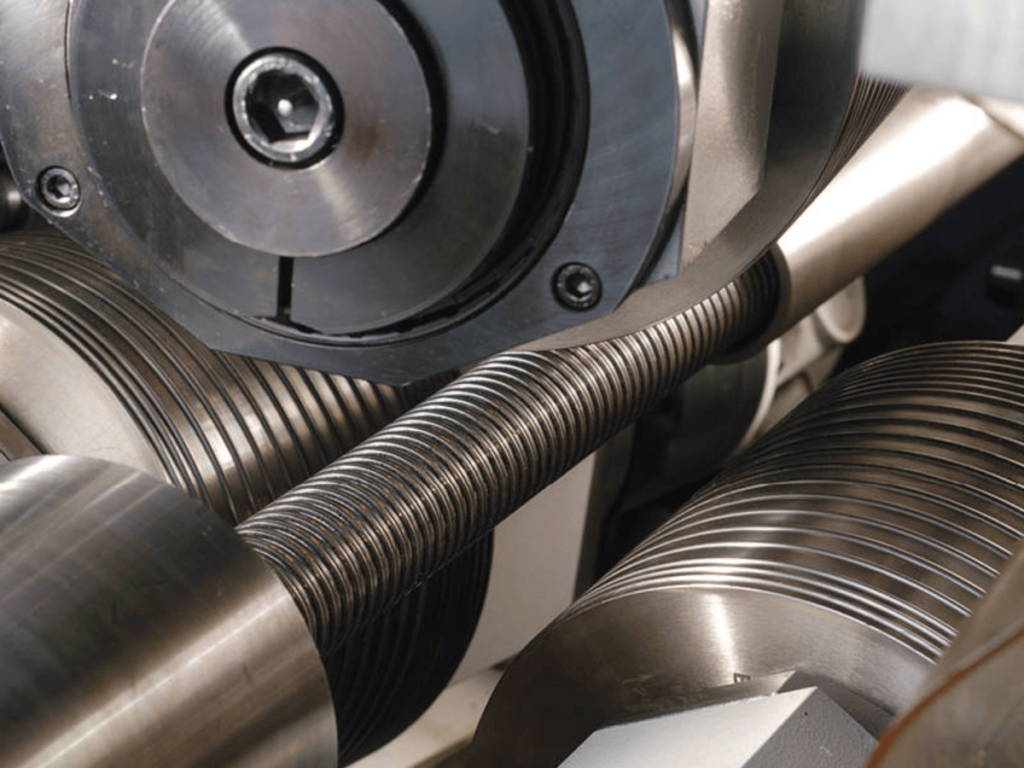
Step#5 The Thread Rolling Process
With the material properly loaded and secured in the thread rolling machine, as outlined in the previous step, the focus now shifts to the thread rolling process itself. Here are the critical aspects of the thread rolling process:
- Initiating the Rolling Process: The thread rolling process begins by initiating the machine. This involves starting the machine and allowing the dies to engage with the material. The rolling process must be initiated smoothly to ensure uniform thread formation.
- Maintaining Consistent Pressure: Consistent pressure is crucial for uniform threading. For instance, the machine must apply steady and even pressure throughout the rolling process to ensure that the threads are accurately and consistently formed along the entire length of the material.
- Monitoring the Process: Continuous monitoring during the thread rolling process is essential. Operators should watch for any signs of misalignment, material slipping, or irregularities in thread formation. Quick adjustments may be needed to maintain the quality of the threads.
- Managing Speed and Feed Rates: Managing the speed and feed rates of the machine is a delicate balance. These rates must be adjusted according to the material type and desired thread specifications to achieve optimal threading results without damaging the material or the machine.
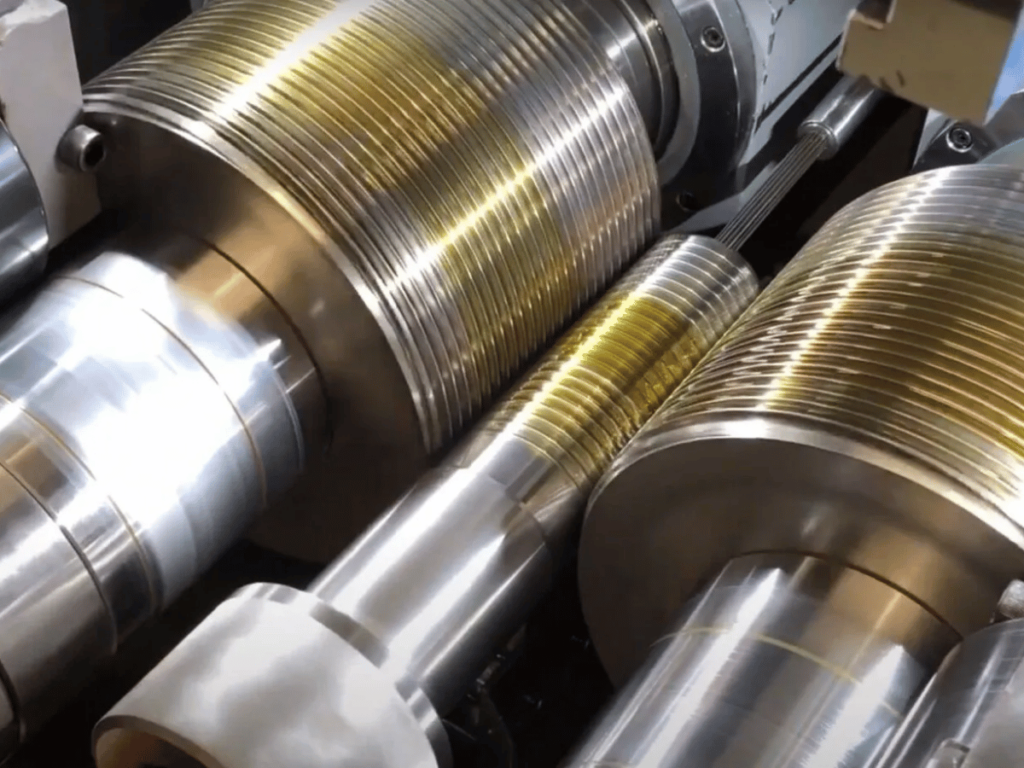
Step#6 Monitoring and Adjusting During Operation
Following the initiation of the thread rolling process, continuous monitoring and adjusting during operation become essential. Here are the key aspects of monitoring and adjusting during the operation of a thread rolling machine:
- Real-time Monitoring of the Process: Active and real-time monitoring is crucial to promptly identify any deviations or issues. Operators should keep a close eye on thread formation, machine performance, and any signs of abnormal wear or misalignment.
- Adjustments for Precision: If any discrepancies are noticed during the monitoring phase, immediate adjustments are necessary. This may include tweaking the machine settings, such as pressure, speed, and feed rate, to correct any irregularities in the threading.
- Handling Machine Anomalies: In case of any machine anomalies, such as unusual noises, vibrations, or temperature spikes, the machine should be stopped immediately. Identifying and addressing these issues promptly can prevent damage to both the machine and the material, ensuring a smooth operation.
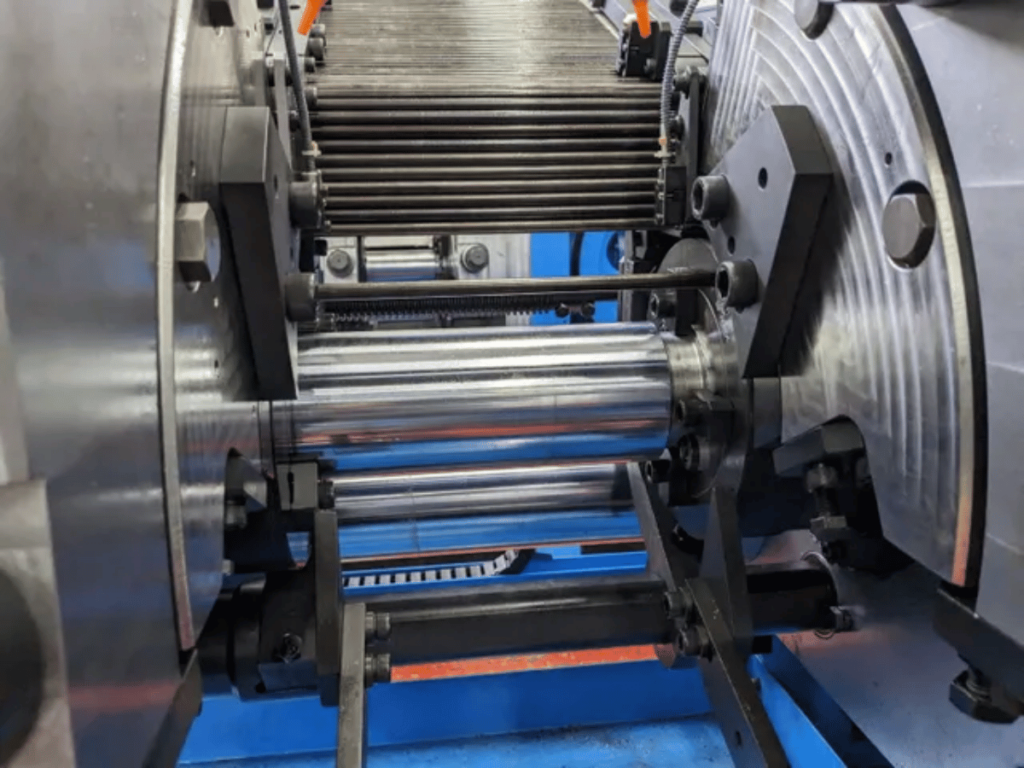
Step#7 Quality Control and Inspection
After diligent monitoring and adjusting during the operation, as detailed in the previous step, the focus shifts to quality control and inspection. Here are the essential aspects of quality control and inspection in thread rolling:
- Visual Inspection of Threads: In a challenging market with a forecasted -2.8% CAGR by Index Box, leading to a potential market volume decrease, stringent quality control becomes vital in thread rolling. This begins with a thorough visual inspection of threads, focusing on uniformity, and identifying defects.
- Dimensional Accuracy Checks: Dimensional accuracy is critical in thread rolling. For instance, using precise measuring tools, the dimensions of the threads are checked against the specified tolerances to ensure they are within acceptable limits.
- Testing for Strength and Durability: Threads must not only look correct but also perform under stress. At Awnail, tests for strength and durability, such as tensile or fatigue tests, are conducted to ensure the threads can withstand the intended use.
- Documentation and Record Keeping: Maintaining detailed records of the inspection and testing results is important for quality assurance. Documentation helps in tracking the consistency of production over time and assists in addressing any future issues.

Step#8 Finishing and Post-Operation Procedures
Upon completing the meticulous quality control and inspection process, the final step involves finishing and post-operation procedures. Here are the vital steps involved in finishing and post-operation:
- Cleaning and Maintenance of the Machine: After the threading operation, it’s crucial to clean and maintain the machine. This includes removing any debris or leftover material from the machine, cleaning the dies and rollers, and performing routine maintenance checks to ensure the machine is in optimal condition for future use.
- Storage of Tools and Materials: Proper storage of tools and materials is essential to maintain their quality and prolong their life. This involves storing the dies, rollers, and other accessories in a clean, dry place and ensuring that the materials are stored in a way that prevents damage or degradation.
- Preparing for Next Use: Finally, preparing the thread rolling machine for its next use involves resetting any adjustable components to their default positions, checking lubrication levels, and ensuring that the machine is left in a safe, stable state.
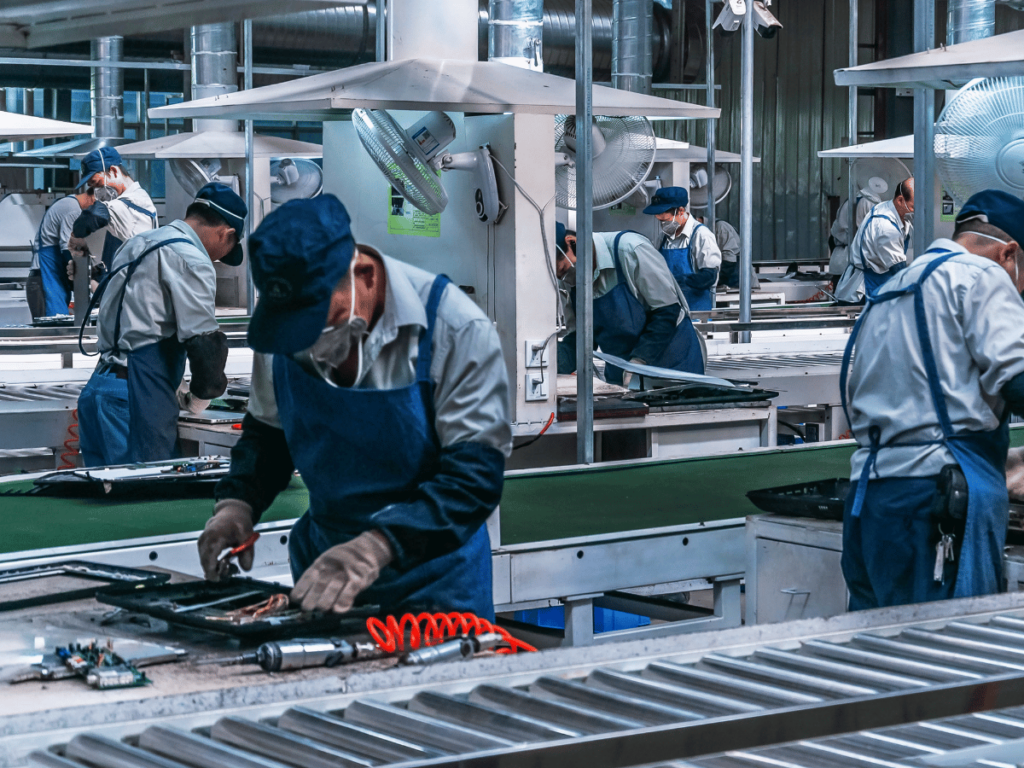
Dive Deeper Into Our Resources
Looking for more diverse product options? Browse through our handpicked selections:
For some insightful reads, we’ve curated a list of recommended articles just for you:
- Troubleshooting Thread Rolling Machines: Common Challenges to Solutions
- 9 Essential Techniques for Advanced Thread Rolling Operations
- Thread Rolling Efficiency: 8 Expert Strategies for Maximum Output
- The Ultimate List of Top 8 Nail Making Machine Manufacturers
- An In-Depth Guide to Nail Making Machines
Still haven’t found what you’re looking for? Don’t hesitate to contact us. We’re available around the clock to assist you.
Conclusion
In this comprehensive guide, we’ve navigated through the intricate steps of operating a thread rolling machine, starting from the initial preparatory steps to the final post-operation procedures. Each step plays a pivotal role in ensuring the production of high-quality threads.
If you’re seeking expertly crafted thread rolling machines that embody precision and reliability, look no further than Awnail, a leading manufacturer in the field. Contact us today for more information.

